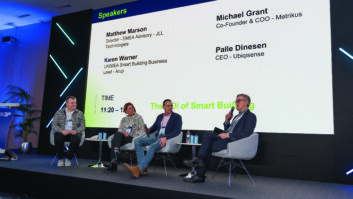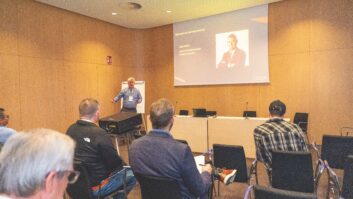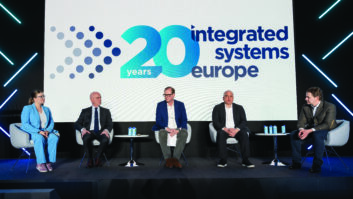As the world wakes up to the fact that resources are finite and our actions today are likely to affect the health and wellbeing of the planet and its inhabitants in years to come, people are beginning to take note of the negative consequences of their actions. The causes and effects of global warming, wastefulness and sustainability of precious resources rank highly on the agendas of individuals, corporate organisations and governments around the world.
Greenhouse gas emissions from buildings contribute around 40% of the total in developed countries and have been steadily increasing over the years. Many countries are now introducing legislation to reduce carbon emissions. Organisations are increasingly paying attention to the effects they are having on the environment with many publishing detailed sustainability reports describing how they are combating it. Some are even going so far as developing carbon-neutral buildings.
In order to reduce the carbon footprint of buildings and limit their adverse effects on the environment, advanced building monitoring and control systems are being developed and installed widely. These semi-and fully-automatic systems serve to manage essential building services to reduce overall consumption; mainly from the power-hungry heating, ventilation and air-conditioning (HVAC) systems. As a consequence, major industrial organisations like Siemens, Honeywell and Schneider, are involved in creating ‘smart buildings’ in a colossal market which, it is estimated, will be worth around $33 billion within five years.
One of the key objectives of adding intelligence to a building is to increase energy efficiency and that is greatly helped by controlling devices so that they are switched off, or placed in a low power standby mode, when not in use; whether they are air conditioning systems, lights or video displays. The potential to power-down AV equipment is something that building owners and facility managers are starting to realise is possible. “We take for granted the ability to control lighting, audio and visual equipment and it is something that AV industry practitioners have been doing for years in integrated systems,” says Sam Woodward, customer education leader for Lutron. “However there is less awareness amongst the building industries and service providers and the people who manage the heavy services. When we point out to them that all these devices have the ability to be managed remotely and integrated into wider control systems they become interested and are keen to adopt these ideas.”
Owning the ceiling
Lighting supplier, Lutron are well-placed to help guide and advise the construction industry. Woodward continues: “The lighting integrator effectively ‘owns the ceilings’ – their devices are spread right around the buildings and there is tremendous potential to incorporate additional functionality into the lighting infrastructure.” Lighting control systems usually include sensors in every room that detect the presence of people within the vicinity and feed that information back to the lighting controller to dim the lights in unoccupied areas. It is that knowledge and capability that can be leveraged further. “That information about whether a room is in use is useful to other service controllers. Heating and ventilation can be turned down and ancillary equipment, like amplifiers and projectors, switched into standby.”
“If people feel that the building is attuned to what they are doing, they feel more stimulated and motivated”
The trick is finding a way to communicate that information to other controllers. Fortunately there is a standard for building automation and control, known as BACnet, that is predominant in the construction industry and is widely used, understood and flexible. As an ISO standard it has been adopted around the world and is supported by all the major suppliers of building service equipment. “BACnet enables a building to be operated on one large system with all independent devices able to communicate with each other over a common protocol,” says Woodward. “It is a set of communication rules that allow data to pass between devices and simplifies the system integration process making it cost-effective to build more sophisticated systems tailored to the specific facility, complete with better monitoring capabilities.”
Domain management
There is still a need for individual control devices to manage their domains. This can be done, in the lighting case for example by local controllers that use the Dali protocol. However it relies on that controller having BACnet compliance, specifically an associated Protocol Implementation Conformance Statement (PICS). For AV components that do not have this capability it is possible to link their control interface – often a proprietary IP command set – via a BACnet gateway device. There are several vendors of appropriate programmable devices.
The next stage is to assemble all the independent service providers working on a project and get them communicating with each other so that their services can, in turn, communicate and work together. This is a process that Woodward promotes by introducing proponents to each other at the earliest stage in a building design project allowing them to explore the possibilities for full integration and develop solutions.
The general awareness of possibilities offered by smart technology has been improving recently. Kevin Madeja, Snelling Business Systems’ technical director, reports that there has been a raised level of interest over the past six months. “If people feel that the building is attuned to what they are doing and is configured to their needs based on their schedule and activities, they feel more stimulated and motivated. We are in a good position to offer that: the user experience is precisely what AV integration is about.”







